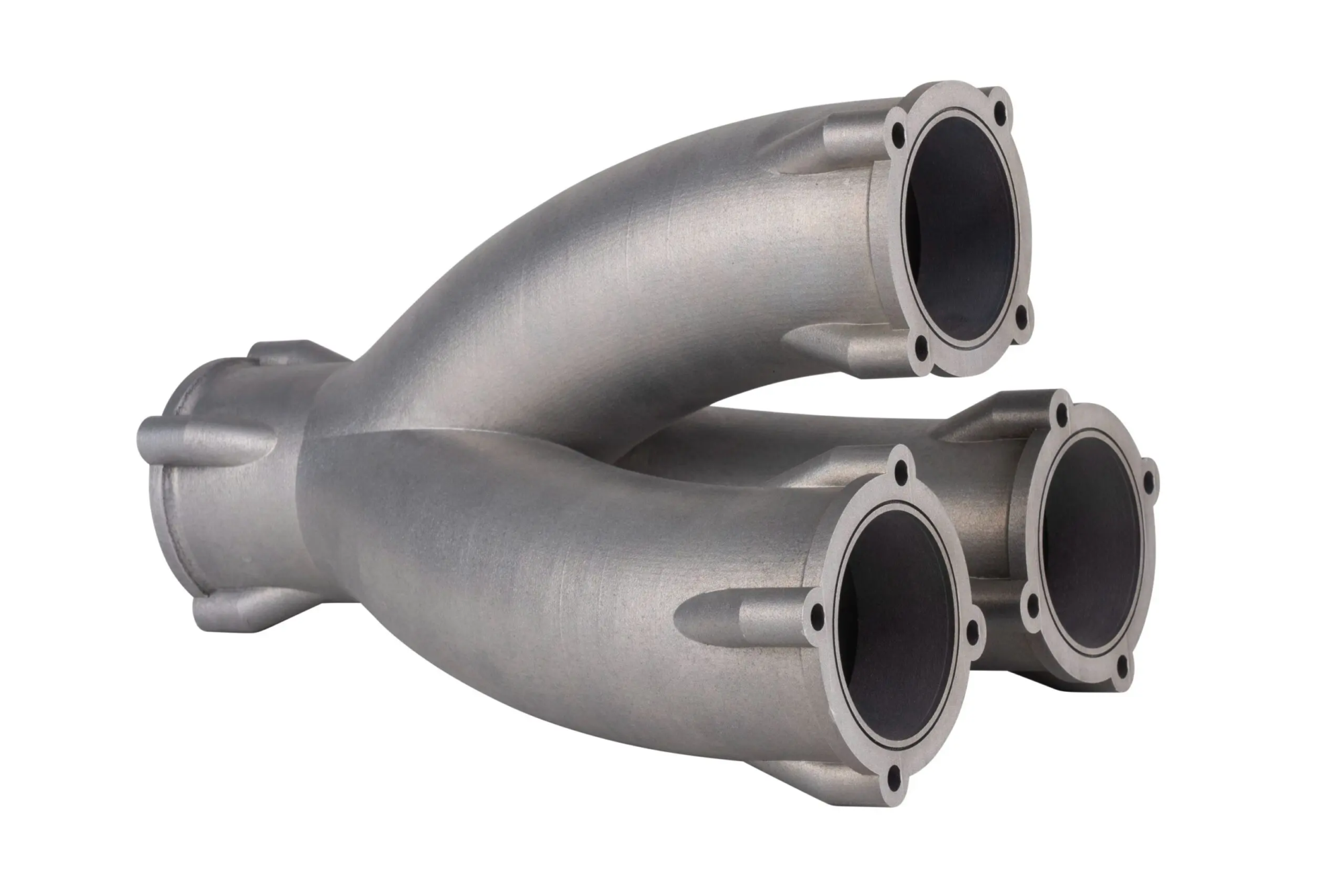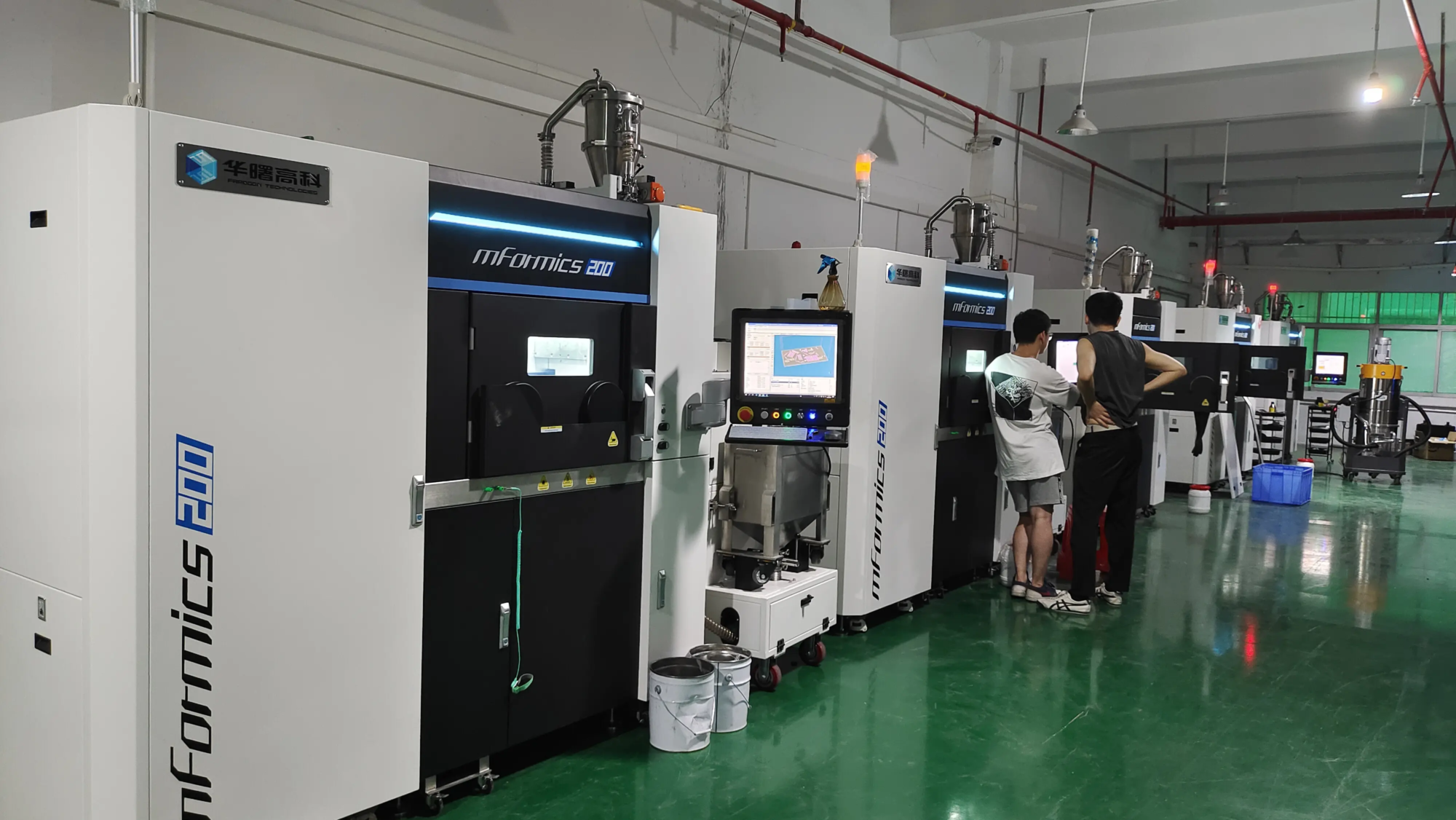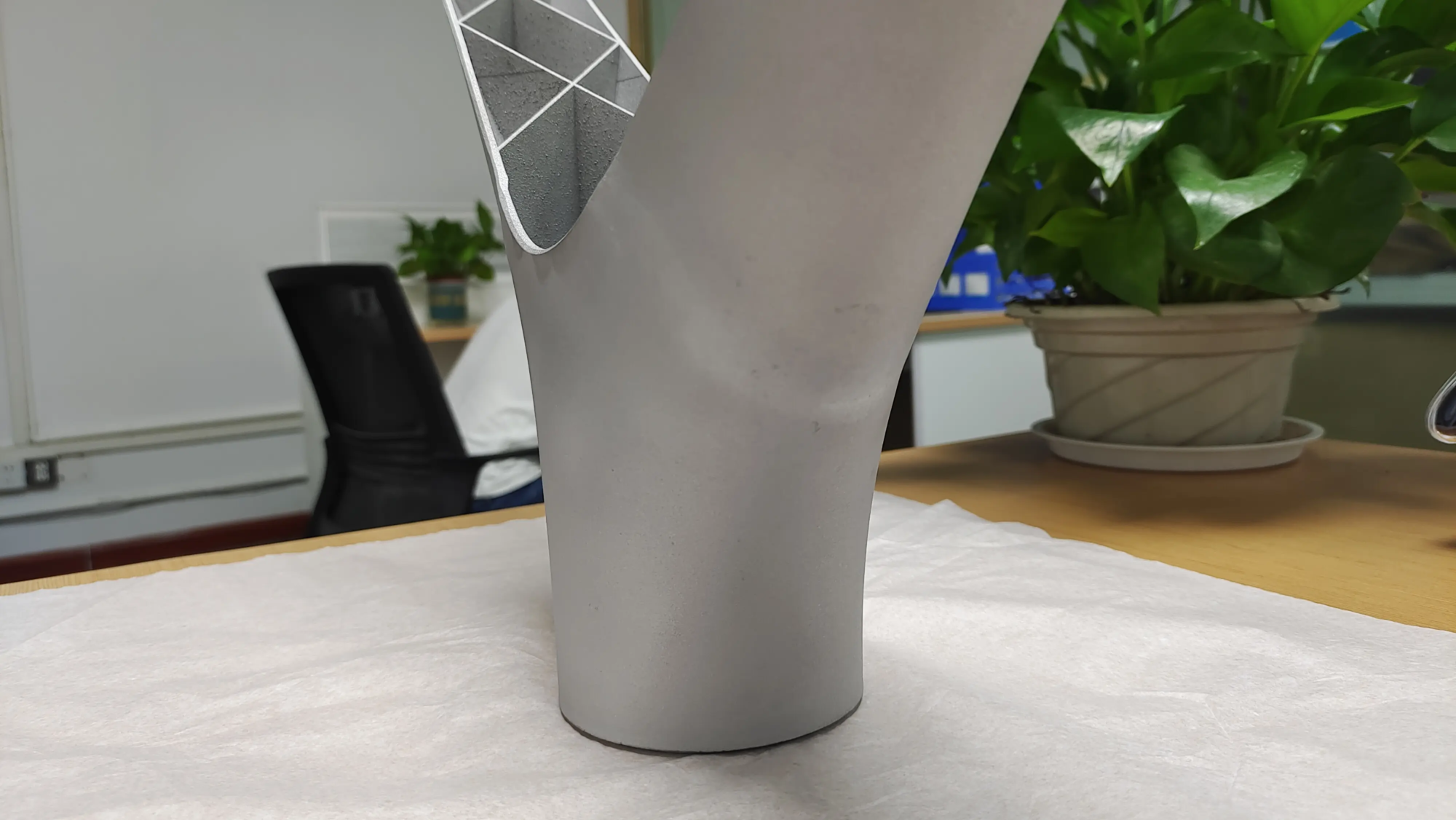Unlocking Custom Card Storage: The Ultimate Guide to 3D Printing MTG Deck Boxes
Magic players know that protecting their deck is non-negotiable. While commercial deck boxes abound, they often lack personal style or flawless functionality. 3D printing was born—a game changer for creating custom storage solutions. As a leader in rapid prototyping, GreatLight combines cutting-edge technology with materials science expertise to help you create durable, unique and precision-engineered deck boxes. Here’s your comprehensive guide.
Why Choose 3D Printed Deck Box?
- Super customized
Design the box to fit your deck’s needs: match the art theme, incorporate token/dice compartments, or integrate a life counter. - Precision fit
Resize sleeve cards, dual-sleeve setups, or oversized Commander decks, no more rattles or crooked corners. - Redefining durability
Industrial grade materials are superior to flimsy plastic retail options. Proven to withstand drops, moisture and frequent use. - Cost effective
For complex designs, such as interlocking machinery or sculptural art, 3D printing is superior to custom injection molding.
Material Mastery: Choosing the Right Filament/Alloy
Not all materials are suitable for MTG storage. Consider these based on your priorities:
| Material | most suitable | advantage | shortcoming |
|---|---|---|---|
| Polylactic acid+ | Casual play, home printing | Eco-friendly, bright colors | Easily brittle when exposed to heat/sunlight |
| polyethylene terephthalate | Durability seeker | Impact resistant and waterproof | Requires precise temperature control |
| nylon | Sturdy and durable box | Flexible, high fatigue resistance | Paint Pain (primer required) |
| thermoplastic polyurethane | Protective inner sleeve | Shock-absorbing, rubbery feel | Limited structural stiffness |
| *Metal (SLM)** | High quality accessories | Immortal hinges/latches; scratch resistant | Higher cost and heavier |
SLM (Selective Laser Melting): GreatLight specializes in titanium/steel parts such as buckles or reinforced corners. Ideal for hybrid designs.
Design Points: Engineering Functions
Avoid print failures by prioritizing these issues in your 3D model (using tools like Fusion 360 or TinkerCAD):
- Wall thickness: PLA/PETG >2mm; for mixed metal parts, >3mm.
- Credit card clearance: Add 0.5–1 mm padding on each side for easier insertion/removal.
- Lid safety:
- Magnetic closure: Neodymium magnets are embedded during the printing process.
- SLM printed titanium clip: Unbreakable latching system (GreatLight’s post-processing ensures a burr-free fit).
- Ventilation holes: Prevents moisture accumulation in humid climates.
Pro tip: Add a 5° draft angle to the wall to make the cover slide smoother.
Professional-grade printing workflow
- Prototype iteration
Test the resin prototype first for shape/fit adjustments. GreatLight accelerates this process with a 48-hour SLA turnaround. - metal ready hybrid
The plastic body is printed using FDM/SLS and then the SLM printed metal hardware is integrated to create stress points. - Excellent post-processing
- Polishing: Use an industrial belt sander to achieve a Class A finish.
- Vapor Smoothing: Suitable for PLA/PETG boxes (no layer wire!).
- Anodized/Powder Coated: Metal parts feature corrosion resistance and MTG themed colors.
Real World Use Case: Commander’s Armory
project: 120-card card box for dual EDH decks, complete with planeswalker emblem and dice tray.
- Material: PETG body + SLM aluminum sign/hinge (GreatLight load-bearing treated).
- result: 30% lighter than retail metal boxes, with zero deformation after 18 months.
in conclusion
3D printing eliminates the limitations of mass production of MTG decks. Whether you prioritize artistic expression, military-grade resilience or ergonomic innovation, the synergy of intelligent design and expert manufacturing delivers. GreatLight specializes in rapid prototyping, from SLM metalworking to decorative finishing, ensuring your vision will work in the real world. Enhance your MTG experience: Design fearlessly and print strategically.
FAQ
Q1: How much does a 3D printed deck box cost?
Custom plastic boxes start at $15-$40; metal-reinforced designs range from $60 to $150. GreatLight offers volume discounts for gaming groups.
Question 2: Are 3D printed boxes legal in competitions?
Yes! Wizards has no restrictions on card storage. For competitive games, we recommend using PETG/SLM metal with a smooth surface to avoid "marked" sleeve.
Q3: Can I use a home FDM printer to print my own boxes?
Absolutely – PLA is fine for prototypes, but avoid using load-bearing covers. For the final build, work with a professional like GreatLight to create warp-resistant PETG or metal composites.
Q4: How do I maintain my 3D printed deck box?
Plastic: Clean with mild soap; avoid UV exposure. Metal: Wipe with a dry cloth. GreatLight’s coatings come with a 2-year corrosion protection guarantee.
Q5: What file formats are accepted for custom orders?
.STL or .STEP files for plastic; .IGES or .X_T for SLM metal parts. Design help available!
Transform concepts into legendary gear. Leverage more than 15 years of engineering strength— glow rapid prototyping Providing end-to-end solutions from CAD to tournament table. Request a quote today!





